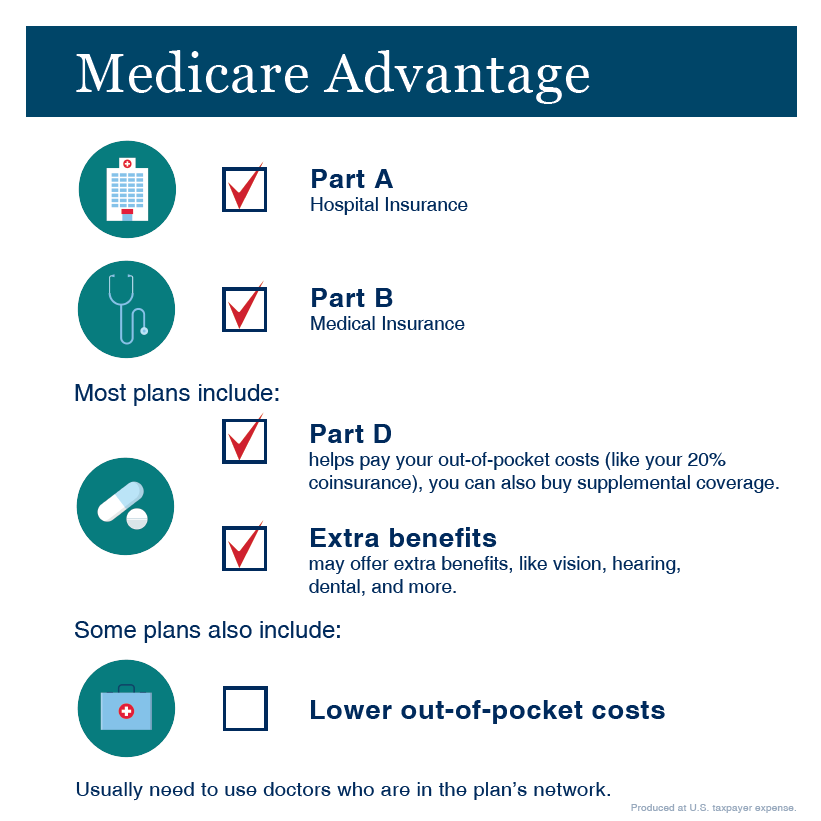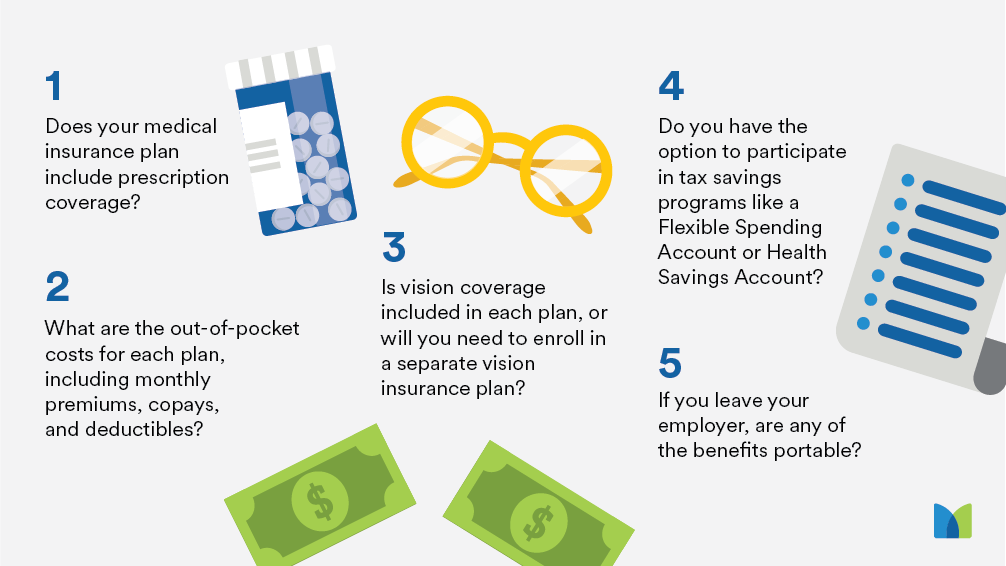Indicators on Medicare Advantage Agent You Need To Know
Indicators on Medicare Advantage Agent You Need To Know
Blog Article
Rumored Buzz on Medicare Advantage Agent
Table of Contents3 Simple Techniques For Medicare Advantage AgentThe 9-Second Trick For Medicare Advantage AgentMedicare Advantage Agent - The Facts

complies with from confusing the fairly young age profile of the uninsured with the much better health and wellness, usually, of more youthful persons. This obscures the web link in between health standing and medical insurance. For those without access to work environment medical insurance, bad health is a prospective barrier to purchasing nongroup coverage because such coverage might be extremely valued, omit preexisting problems, or be just inaccessible. The number of uninsured Americans is not specifically large and has actually not altered in the last few years. Seven out of 10 respondents in a country wide representative study thought that less Americans lacked health insurance coverage than actually do(Fronstin, 1998). Approximately half(47 percent )thought that the number of people without wellness insurance coverage reduced or stayed consistent over the latter half of the last decade(Blendon et al., 1999). This drop of virtually 2 million in the number of people 'without insurance (a decrease
of around 4 percent)is absolutely a positive modification. With a softer economic climate in 2000 the most current reported gains in insurance protection may not proceed(Fronstin, 2001 ). The decrease in the variety of without insurance will not continue if the economy remains slow-moving and wellness treatment prices remain to outmatch inflation. This is due to the fact that the information were collected for a duration of solid financial performance. Of the approximated 42 million individuals that were uninsured, almost concerning 420,000(concerning 1 percent)were under 65 years of age, the age at which most Americans end up being qualified for Medicare; 32 million were grownups between ages 18 and 65, about 19 percent of all adults in this age group; and 10 million were children under 18 years old, about 13.9 percent of all kids (Mills, 2000). These estimates of the number of persons uninsured are created from the annual March Supplement to the Existing Populace Survey (CPS), performed by the Census Bureau. Unless otherwise noted, nationwide price quotes of individuals without medical insurance and percentages of the populace with various sort of insurance coverage are based on the CPS, one of the most widely utilized source of estimates of insurance policy protection and uninsurance rates. These studies and the estimates they produce are described briefly in Table B. 1 in Appendix B - Medicare Advantage Agent. These surveys vary in size and sampling approaches, the concerns that are inquired about insurance policy
How Medicare Advantage Agent can Save You Time, Stress, and Money.
protection, and the moment period over which insurance coverage or uninsurance is measured(Lewis et al., 1998, Fronstin, 2000a ). Still, the CPS is specifically valuable since it creates yearly quotes relatively promptly, reporting the previous year's insurance policy coverage estimates each September, and due to the fact that it is the basis for a regular set of estimates for more than 20 years, enabling evaluation of patterns in coverage with time.

The Best Guide To Medicare Advantage Agent
Over a three-year duration starting early in 1993, 72 million people, 29 percent of the U.S. population, were without protection for at the very least one month. Within a solitary year(1994), 53 million people experienced at the very least a month without protection(Bennefield, 1998a). Six out of every 10 without insurance adults are themselves utilized. Working does improve the possibility that one and one's household members will certainly have insurance, it is not a guarantee. Also participants of households with two permanent wage income earners have nearly a one-in-ten chance of being uninsured (9.1 percent uninsured rate)(Hoffman and Pohl, 2000 ). The relationship between health insurance coverage and access to care is well developed, as recorded later on in this chapter. Although the partnership between medical insurance and health and wellness results is neither direct neither straightforward, a considerable medical and health and wellness solutions research literary works web links medical insurance protection
to enhanced accessibility to care, much better high quality, and improved individual and populace wellness standing. The 2nd report, on individual health end results for uninsured grownups, is stood for by the inner circle of the number, while the 3rd report, on family well-being, includes the subjects of the 2nd record but highlights a various unit of analysis, particularly, the family. The 6th report in the series will provide information about strategies and efforts taken on in your area, statewide, or country wide to address the absence of insurance and its damaging impacts. Degrees of evaluation for examining the results of uninsurance. This discussion of health and wellness insurance policy protection concentrates mostly on the united state population under age 65 due to the fact that practically all Americans 65 and older have Medicare or other public protection.
In addition, it concentrates especially on those without any wellness insurance coverage for any length of time. The troubles faced by the underinsured are in some areas comparable to those encountered by the uninsured, although they are typically much less serious. Uninsurance and underinsurance, however, include definitely different plan concerns, and the techniques for addressing them may vary. Throughout this research study and the five reports to adhere to, the major focus gets on persons without any health insurance policy and therefore no support in spending for healthcare beyond what is offered with charity and safeguard organizations. Medical insurance is a powerful variable influencing invoice of treatment because both individuals and this link doctors react to the out-of-pocket rate of services. Wellness insurance, nonetheless, is neither needed nor adequate to get to clinical solutions. The independent and straight impact of health and wellness
insurance coverage protection access accessibility health wellness is well establishedDeveloped Others will obtain the healthcare they need even without health insurance coverage, by paying for it expense or seeking it from companies that offer treatment totally free or at highly subsidized rates. For still others, wellness insurance policy alone does not guarantee receipt of treatment due to the fact that of various other nonfinancial barriers, such as a lack of healthcare service providers in their community, minimal access to transport, illiteracy, or etymological and cultural distinctions. Formal study concerning uninsured populations in the USA try here dates to the late 1920s and early 1930s when the Committee on the Cost of Healthcare generated a series of reports regarding funding doctor office sees and hospitalizations. This problem became prominent as the varieties of medically indigent climbed up throughout the Great Depression. Empirical researches consistently sustain the link in between access to care and boosted wellness end results(Bindman et al., 1995; Starfield, 1995 ). Having a regular resource of treatment can be considered a forecaster of gain access to, instead of a straight action of it, when health end results are themselves made use of as accessibility indicators. This extension of the notion of accessibility measurement was made by the IOM Board on Keeping An Eye On Access to Personal Health Care Services(Millman, 1993, p. Whether moms and dads are guaranteed shows up to influence whether or not their kids get treatment as well as just how much careeven if the youngsters themselves have insurance coverage(Hanson, 1998). The wellness of moms and dads can influence their capability to take care of their youngsters and the degree of household stress. Fretting about their kids's access to care is itself a resource of stress for moms and dads. Three phases adhere to in this record. Chapter 2 offers a summary of how employment-based medical insurance, public programs and specific insurance coverage run and connect to give extensive yet insufficient protection of the U.S. populace. This consists of a review of historical fads and public policies influencing both public and personal insurance, a conversation of the communications among the various kinds of insurance policy, and an examination of why people relocate from one program to another or wind up

Report this page